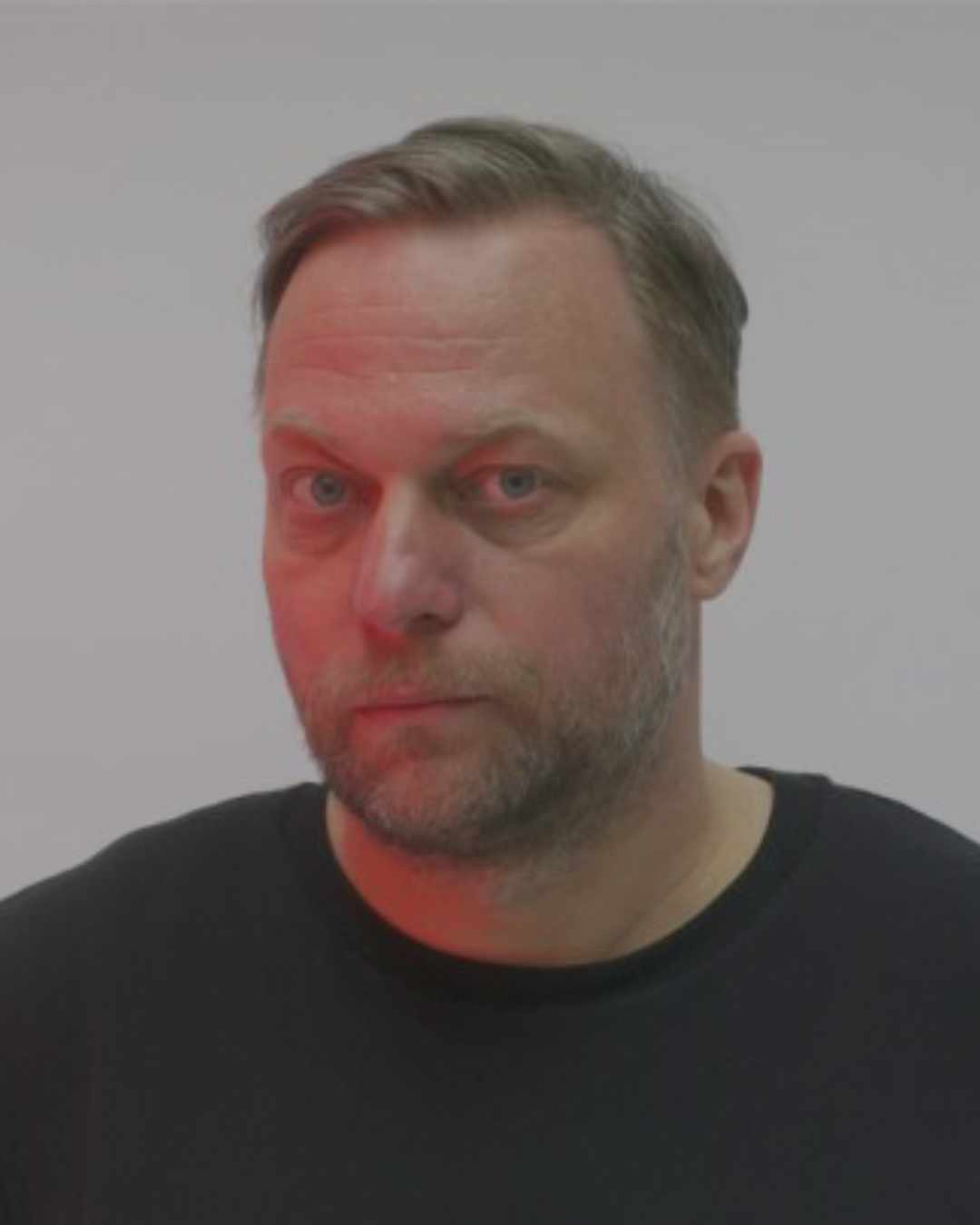
Thomas Scheibitz was born in Radeberg near Dresden in 1968. His parents run a sculpture business and have been working as wood and stone sculptors for several generations. After an apprenticeship as a toolmaker, he studied at the HfbK Dresden from 1991 to 1996, where he became a master student under Ralf Kerbach. Since 2018 he has held a professorship at the Kunstakademie Düsseldorf.
Scheibitz is equally concerned with painting and sculpture. The visual possibilities of abstraction and figuration are dissolved in his own visual language. The origin of the pictures, images, models and their context are examined or further translated. Durs Grünbein writes about Scheibitz’s work: “Scheibitz has experienced the demarcation of the political systems together with their projections and double images, he has jumped into the ditch, the mirrored view of the camps is familiar to him, the spectacle at the interfaces. ” Grünbein writes further: “He works persistently on the opacity of his art. He is not one of the destroyers, but one of the inventors.
“For the artist, art history with its truths, assertions and interpretations is one of the orientations or a kind of foundation for his work. Direct narration in a picture, in painting, is for him a past visual language. For him, the means of creating a picture must stand out from a narrative text. In interviews, he often emphasises that a picture is considered “lost” for him if it can be re-narrated.
The genre of film and music language is also an important, a stimulating and parallel tool for him. The goals remain the edges of invention, whose interactions depend on the experience, instinct as well as a method rather than a style. Landscapes, portraits or still lifes, or their allegories, form the main focus in his pictorial language.
Important solo exhibitions in a selection were: 1999 Low Sweetie, ICA, London; 2001 View and Plan of Toledo, Kunstmuseum Winterthur; I – geometrica B, Matrix 195, Berkeley Art Museum, San Francisco; 2004 ABC – I II III, Centre d Art Contemporain, Geneva; ́ 2005 German Pavilion, 51. Venice Biennale (with Tino Sehgal); 2008 about 90 elements/TOD IM DSCHUNGEL, Camden Arts Centre, London; Musée d’ Art Moderne, Luxembourg; 2010 Der ungefegte Raum, Galerie im Taxispalais, Innsbruck; 2012 ONE – Time Pad, Museum für Moderne Kunst, Frankfurt am Main; 2018 Masterplan\kino, Kunstmuseum Bonn; 2018 Plateau mit Halbfigur, KINDL-Zentrum für zeitgenössische Kunst, Berlin; 2019 Picasso X Scheibitz, Museum.
Berggruen, Berlin; 2020 Abacus, Tanya Bonakdar Gallery, New York; 2021 Black Swan, Sprüth Magers, London
International Collections
Carnegie Museum of Art, Pittsburgh, PA
Centre d’Arte de Contemporain, Geneva
Centre Pompidou, Paris
Collezione Maramotti, Reggio Emilia
Cornell Fine Arts Museum, Winterpark, FL
Denver Art Museum
Fine Arts Museum of San Francisco
Galerie für Zeitgenössische Kunst – GfZK, Leipzig
Hamburger Bahnhof – Museum für Gegenwart, Berlin
Kunstmuseum Basel
Kunstmuseum Bonn
Kunstmuseum Winterthur
Kupferstichkabinett, Berlin
Lenbachhaus, Munich
MUDAM – Musée d’art Moderne Grand-Duc Jean, Luxembourg
Museum der bildenden Künste, Leipzig
Musée d’art contemporain de Montréal
Museum of Modern Art, New York
Museum of Contemporary Art, Los Angeles
Museum of Contemporary Art, Chicago
Museum für Moderne Kunst MMK, Frankfurt
Neues Museum Weserburg, Bremen
Pinakothek der Moderne, Munich
Tate, London
Saatchi Gallery, London
Saint Louis Art Museum, St. Louis, MO
Sammlung Goetz, Munich
Staatliche Kunstsammlungen Dresden
San Francisco Museum of Modern Art
Städel Museum, Frankfurt
Stedelijk Museum, Amsterdam
